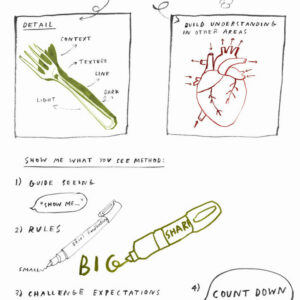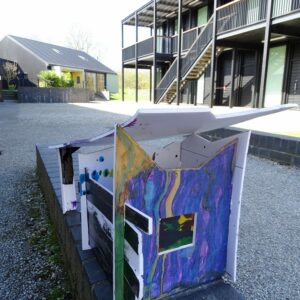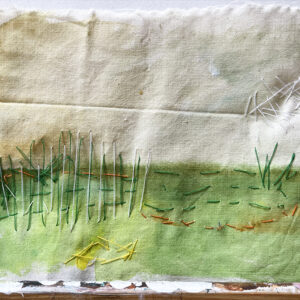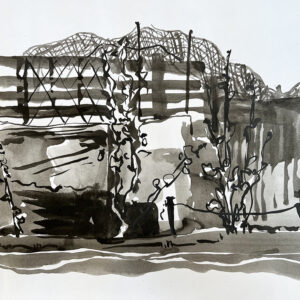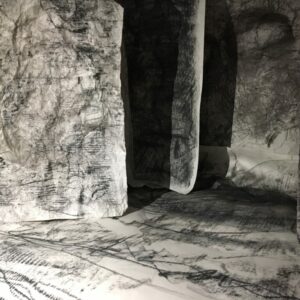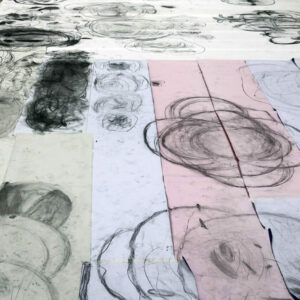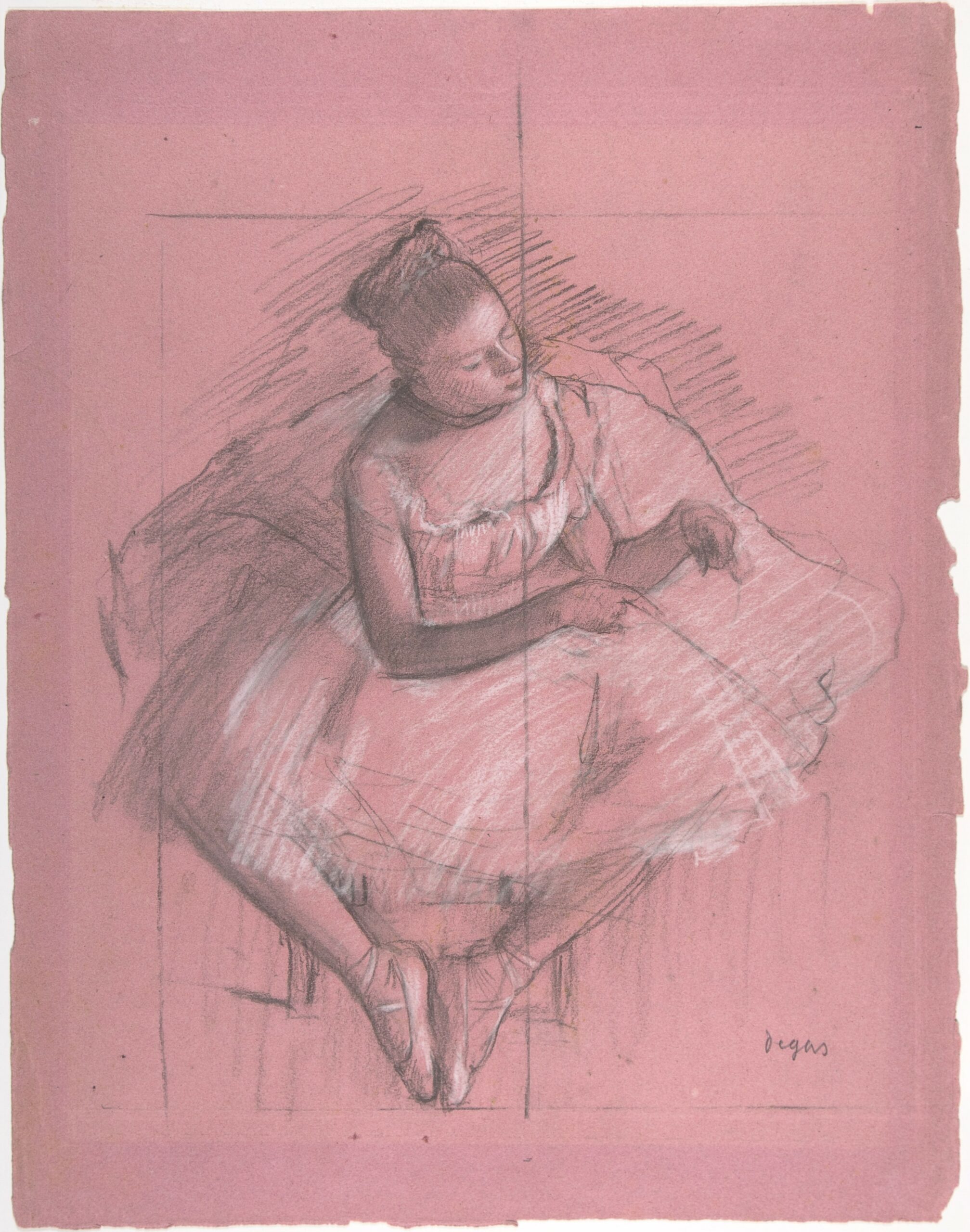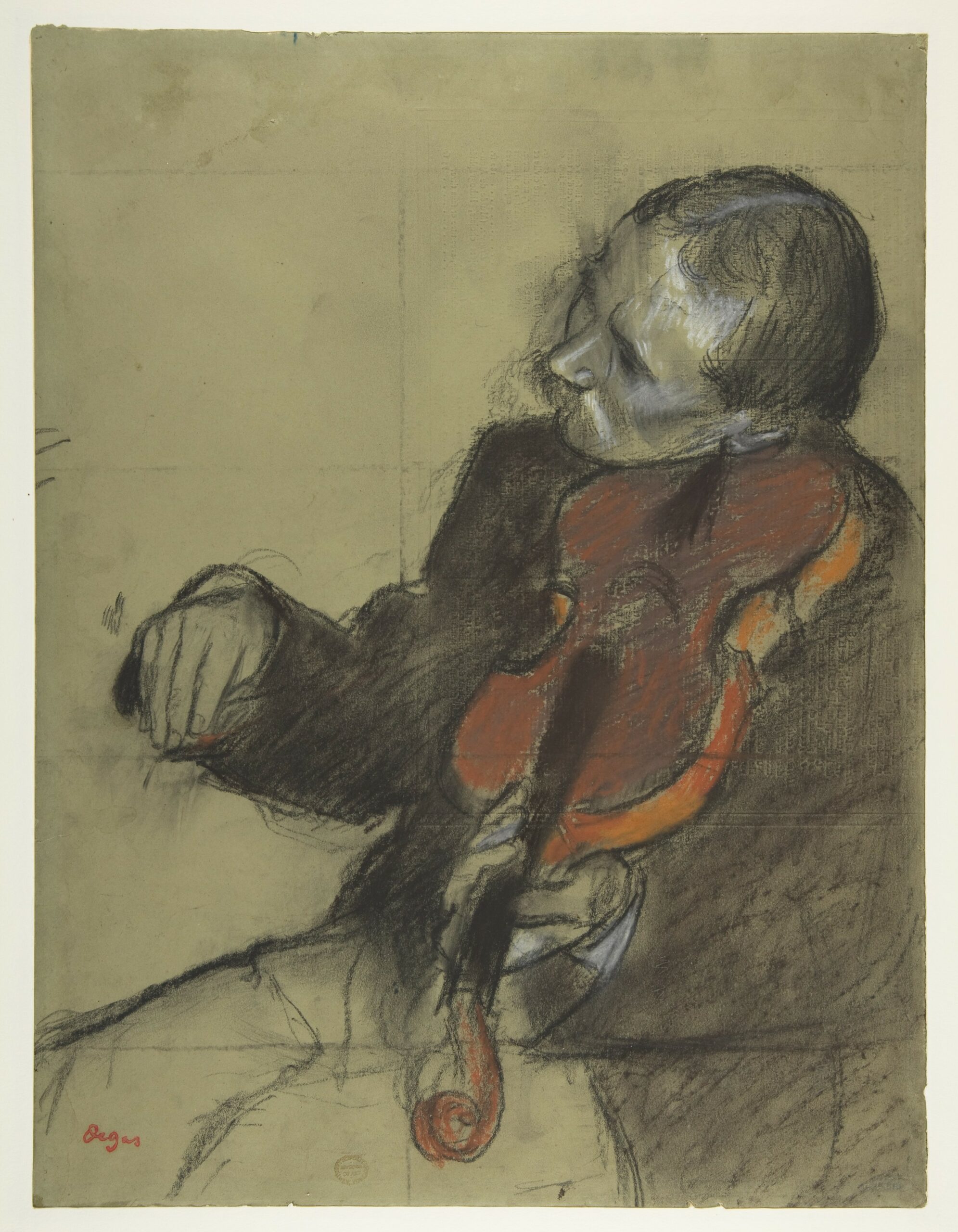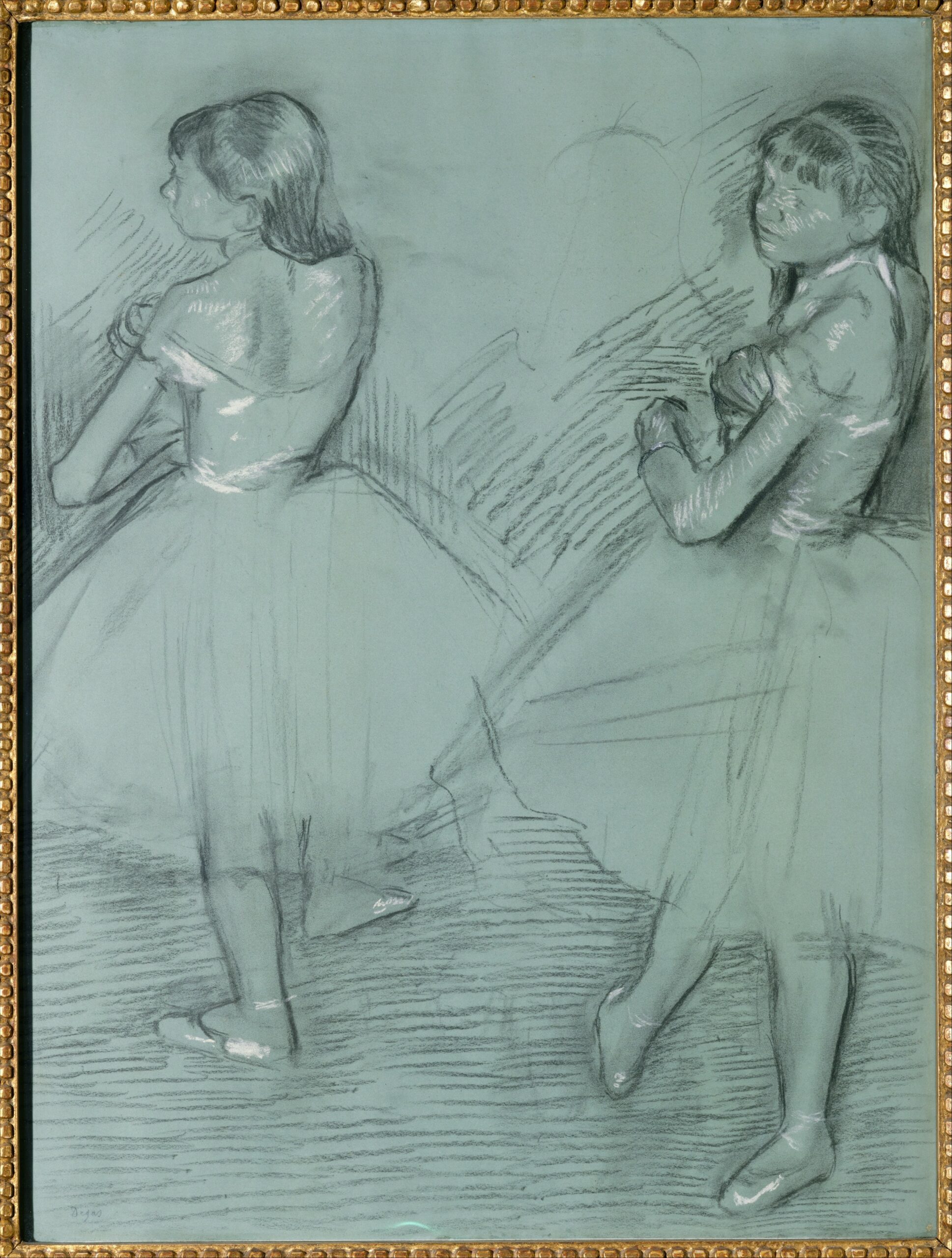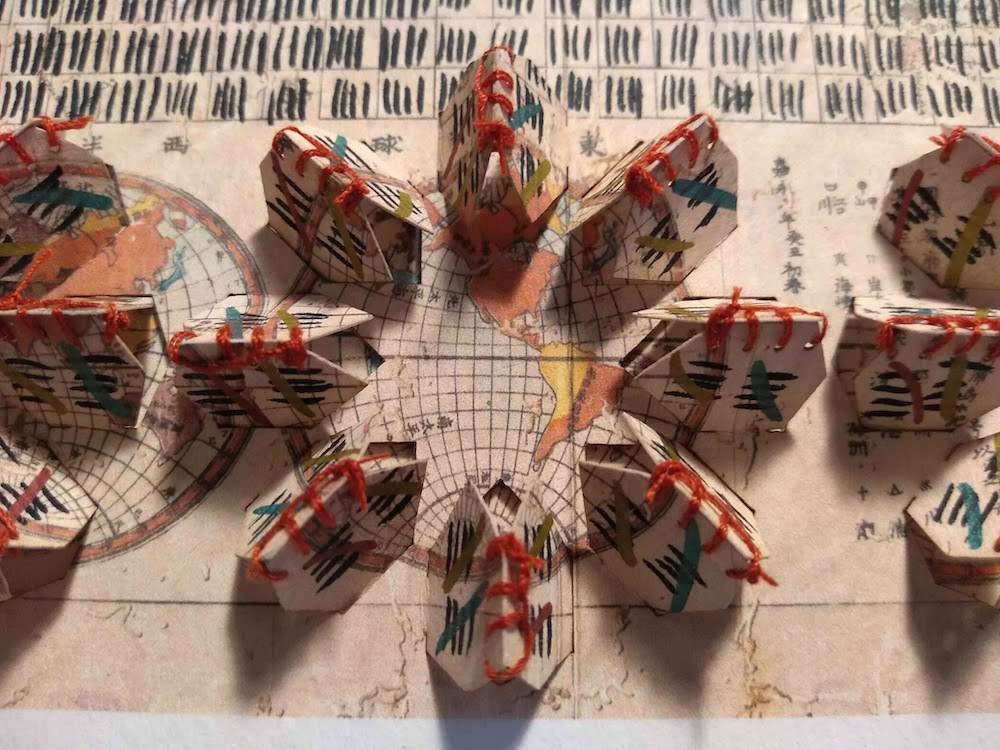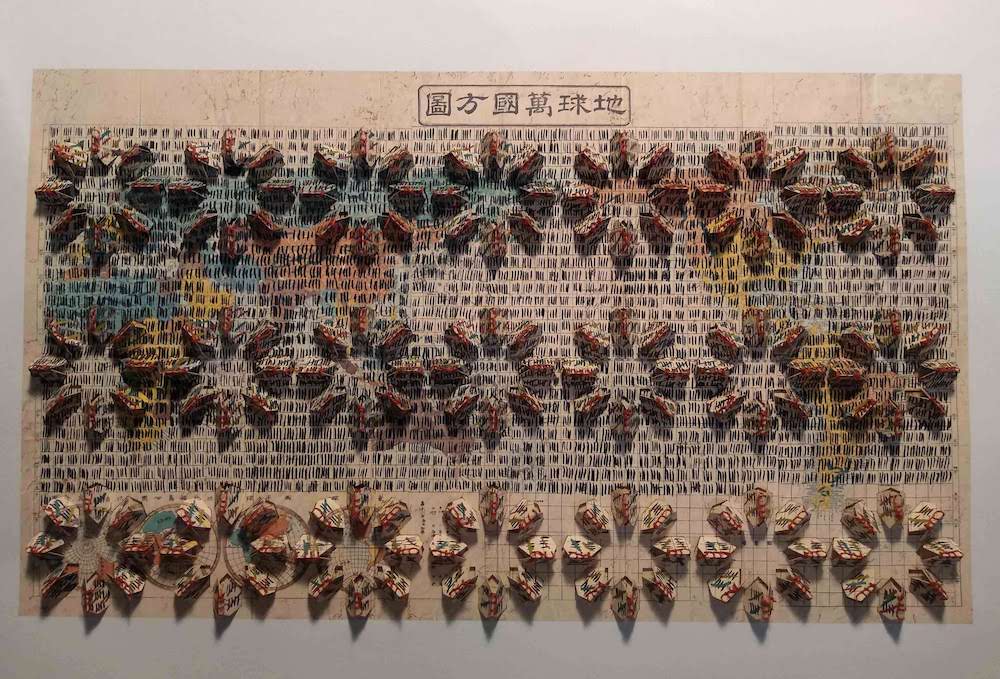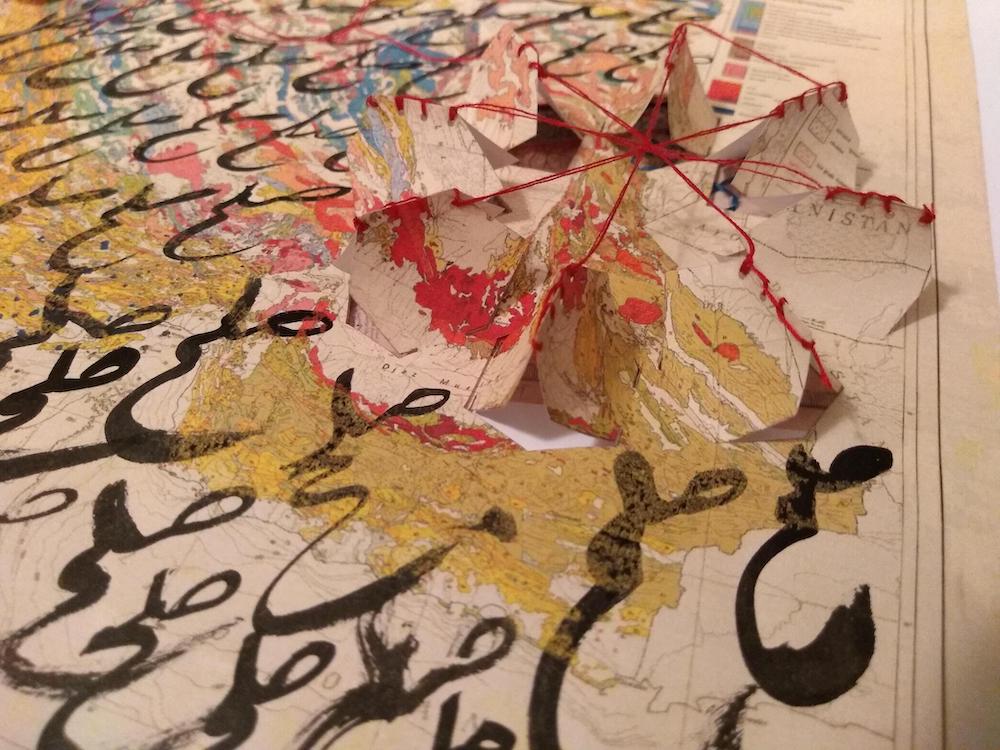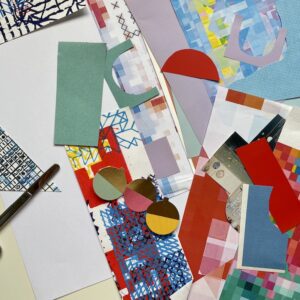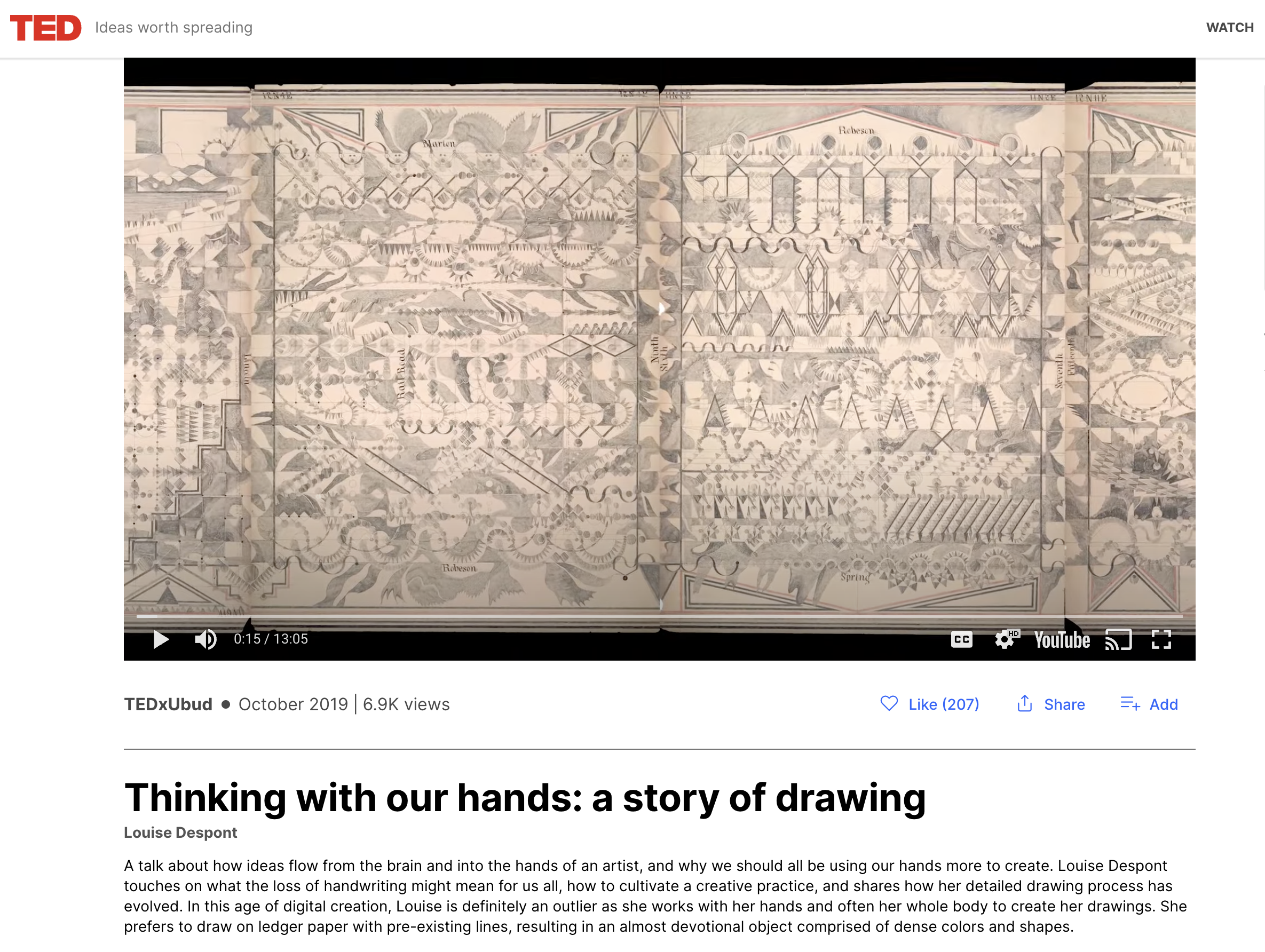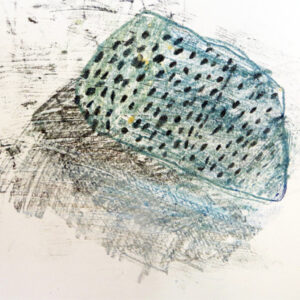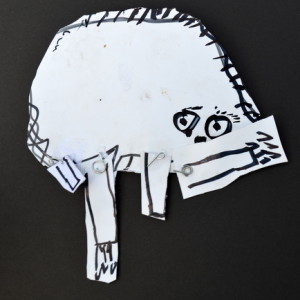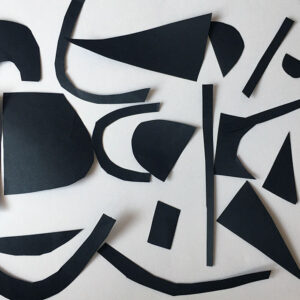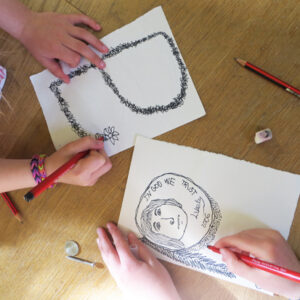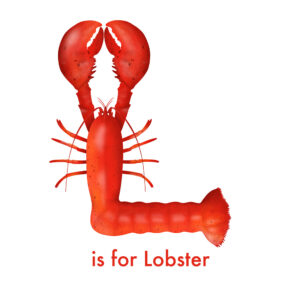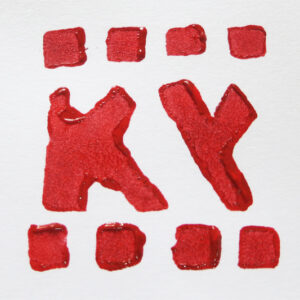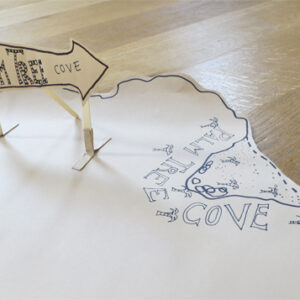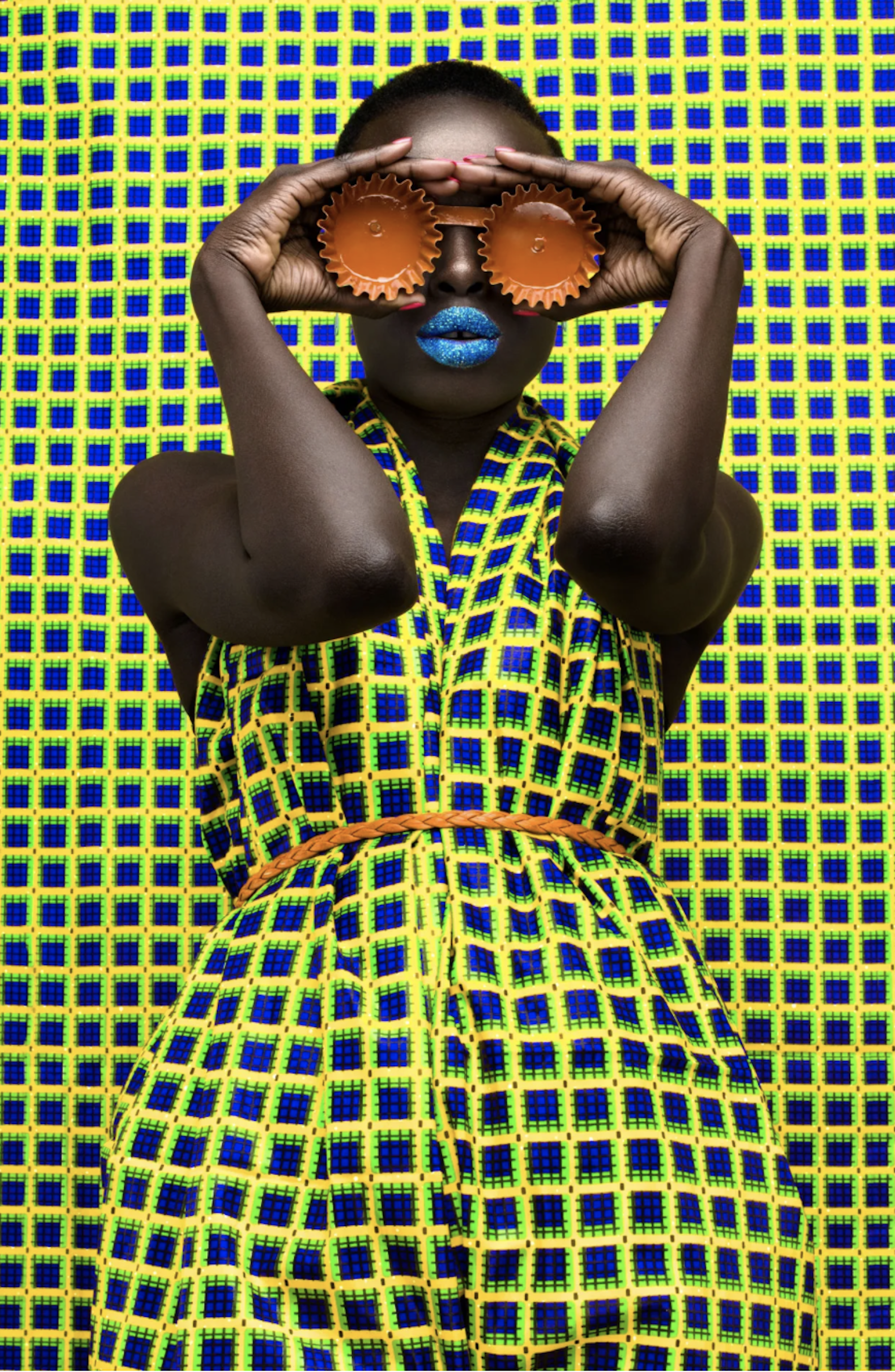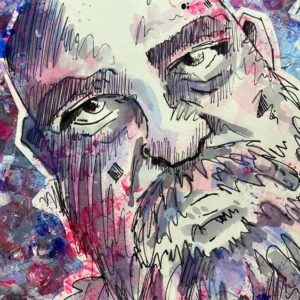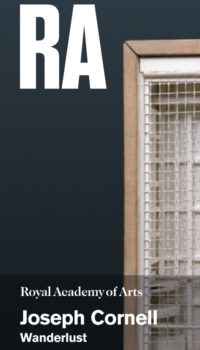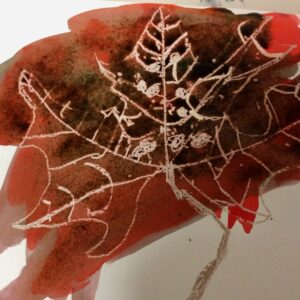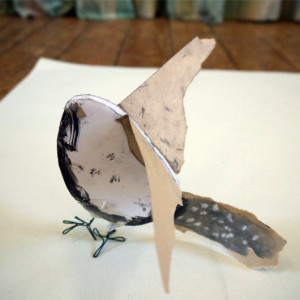Video and sources to help you explore the Bayeux Tapestry.
Please note that this page contains links to external websites and has videos from external websites embedded. At the time of creating, AccessArt checked all links to ensure content is appropriate for teachers to access. However external websites and videos are updated and that is beyond our control.
Please let us know if you find a 404 link, or if you feel content is no longer appropriate.
We strongly recommend as part of good teaching practice that teachers watch all videos and visit all websites before sharing with a class. On occasion there may be elements of a video you would prefer not to show to your class and it is the teacher’s responsibility to ensure content is appropriate. Many thanks.
*If you are having issues viewing videos it may be due to your schools firewall or your cookie selection. Please check with your IT department.*
This resource is free to access and is not a part of AccessArt membership.




The Bayeux Tapestry
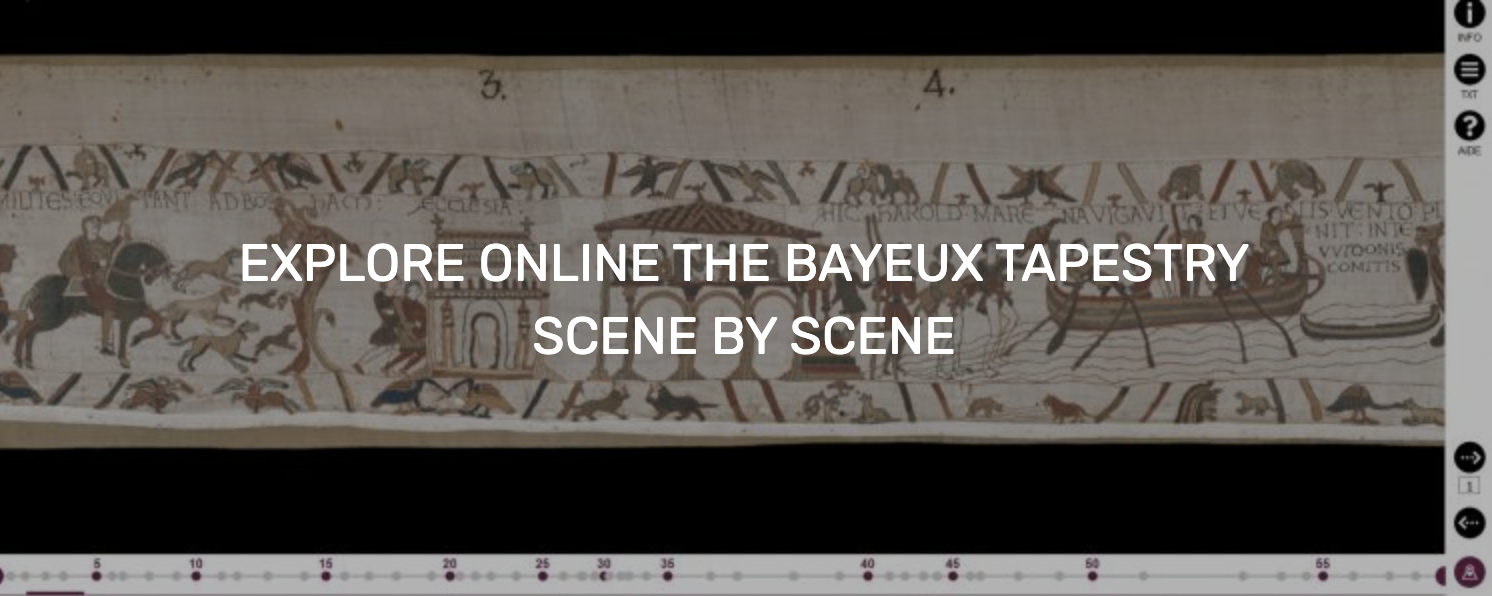
Discover the entire Bayeux Tapestry scene by scene and follow online the 70 meter-long embroidered canvas which tells the story of the conquest of England in 1066 via the official Bayeux Tapestry site.
Use the above images to inspire “Show Me What You See” looking and drawing exercise.
The Animated Bayeux Tapestry was created as a student project while at Goldsmiths College. Just as the historic original embroidery does, the animation depicts the lead up to the Norman Invasion of Britain in 1066.
Animation by David Newton, Music and sound design by Marc Sylvan.
“Close Looking” Questions to Ask Children
Tell me about the clothes the people wear. What purposes do the outfits serve? What patterns can you see repeated?
What shapes and forms do you see repeated? Why do you think the artists repeated similar forms?
Tell me about the colours you see. How do they make you feel? Would we use similar colours today?
How do the artists depict ideas about strength and power?
This Talking Points Is Used In…
Pathway: working with shape and colour

using sketchbooks to make visual notes
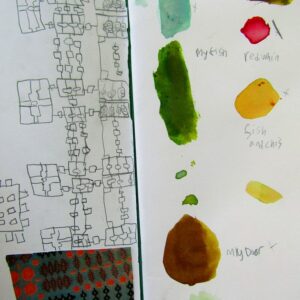
Show me what you see
